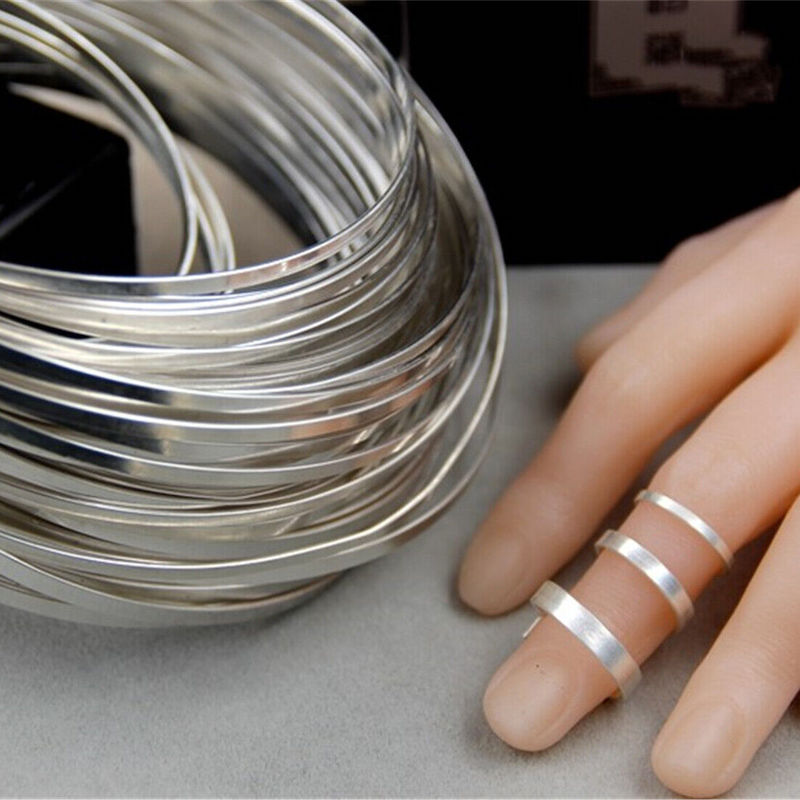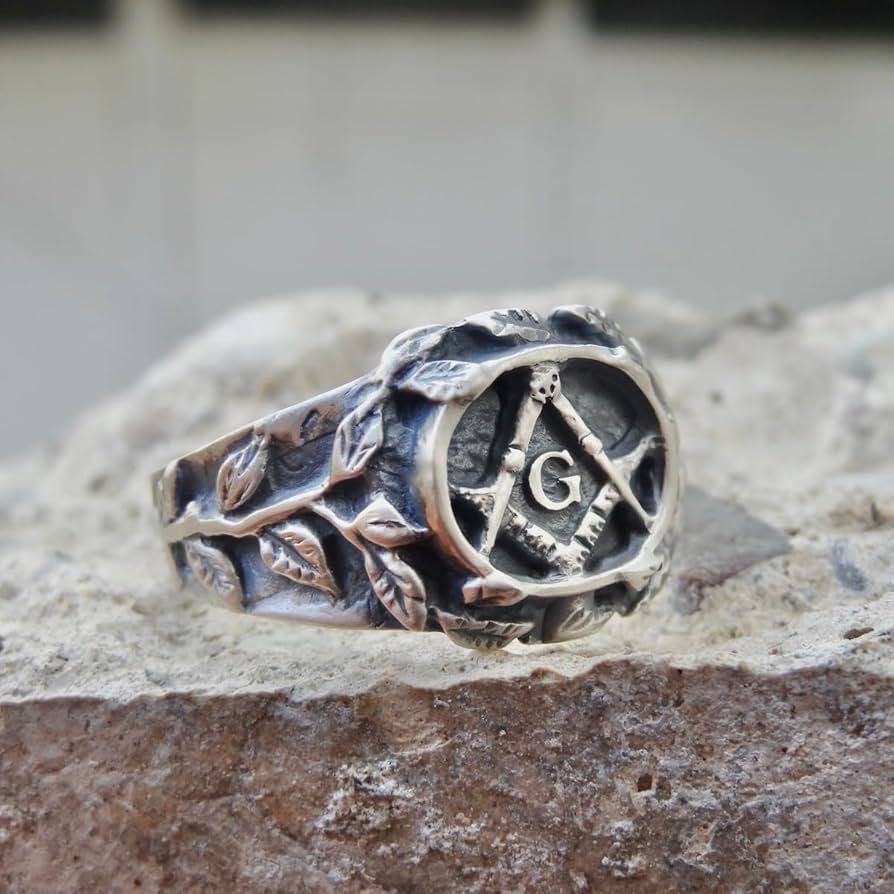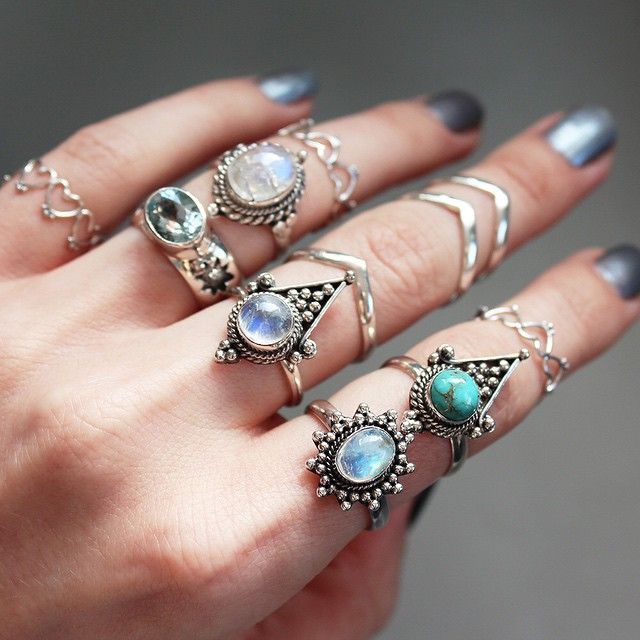Overview of Silver Plated Jewelry Care
How do you clean silver plated jewelry? Caring for silver plated jewelry is vital to maintain its shine and longevity. Silver plating means coating a metal with a thin layer of silver. This gives the appearance of solid silver at a fraction of the cost. However, silver plated items need special attention to prevent tarnishing. Tarnishing happens when silver reacts with sulfur-containing substances in the air, leading to a dull or discolored surface. To ensure your silver plated jewelry stays sparkling, routine cleaning is essential. Regular care prevents build-up of tarnish and can save time and effort in the long run. For the best results, clean your silver plated pieces often and avoid harsh chemicals. Use soft cloths and gentle cleansers specifically designed for silver. By taking proactive steps, you can keep your jewelry looking as good as when you first got it. In this blog, we will explore how you can clean silver plated jewelry effectively using simple supplies. Stay tuned to learn about the gentle, yet effective ways to care for your treasured pieces.
Common Tarnishing Issues with Silver Plated Jewelry
Silver plated jewelry often faces the challenge of tarnishing. Tarnishing is a chemical reaction. It occurs when silver meets sulfur compounds in the air. This reaction can cause a layer of silver sulfide. This layer appears as a dark or dull coating on the jewelry’s surface. Several factors speed up the tarnishing process. High humidity and air pollution are examples. Others include contact with cosmetics, sweat, and certain foods.
Tarnishing can happen quickly if not taken care of properly. It can begin within weeks of exposure to these elements. Jewelry worn close to the skin can tarnish faster. This is due to sweat and oils from the skin. Regular wear can protect against some tarnish. Movement polishes the jewelry. But eventually, all silver plated items will show signs of wear.
Understanding what causes tarnishing is key. It helps you know how to clean your silver plated jewelry. Taking quick action can restore your jewelry’s shine. Ignore the issue, and it may lead to permanent damage. Let’s look at how you can maintain the luster of your silver plated items. Use the right cleaning supplies and techniques for the best results.
Essential Cleaning Supplies for Silver Plated Jewelry
To keep your silver plated jewelry in top condition, using the right cleaning supplies is key. Start by gathering soft, non-abrasive cloths. These cloths will not scratch the delicate silver surface. Microfiber or 100% cotton are great choices. Avoid paper towels or rough fabrics, as they can cause damage.
Next, pick up a gentle silver cleaner. Look for one that’s designed for silver plated items. Harsh chemicals can strip the silver layer, so gentle is the way to go. A simple mixture of warm water and mild dish soap often works well for routine cleaning.
Another essential item is a small, soft-bristled toothbrush. This helps clean detailed areas without being too harsh. Make certain the brush is only used for cleaning jewelry.
For tougher tarnish, baking soda can be a safe home remedy. Create a paste with water, but use it sparingly to avoid removing the silver coating. Remember, with silver plated jewelry, a gentle touch is always best.
Lastly, have a silver polishing cloth handy. Once cleaned, buffing your jewelry with this cloth can enhance its shine. Ensure the polishing cloth is intended for silver to avoid any adverse reaction.
With these key supplies, cleaning your silver plated jewelry can be both safe and easy. Keep tarnish at bay and enjoy the beauty of your jewelry for years to come.
Step-by-Step Guide to Cleaning Silver Plated Jewelry at Home
Cleaning your silver plated jewelry at home is simple when you follow these steps. First, gather all your supplies. You need a soft cloth, gentle silver cleaner, a soft-bristled toothbrush, baking soda, and a polishing cloth.
Begin with Mild Soap and Water
Start by mixing warm water with a few drops of mild dish soap. Dip the soft cloth in this solution and gently rub your jewelry. Do not soak the pieces; moisture can cause tarnishing over time.
Use a Soft Toothbrush for Tough Spots
If your jewelry has hard-to-reach spots, lightly use the soft-bristled toothbrush. Dip it into the soapy water. Gently brush the intricate areas. Be careful not to scrub too hard.
Rinse with Clean Water
After cleaning, rinse your jewelry with clean, warm water. Make sure you remove all soap residue. Pat the pieces dry with another soft, clean cloth.
Tackle Tarnish with Baking Soda (If Necessary)
For stubborn tarnish, make a paste with baking soda and water. Apply this paste sparingly with a cloth. Gently rub the tarnished areas. Rinse off the paste thoroughly.
Dry and Buff with a Polishing Cloth
Ensure your jewelry is completely dry. Then, take the polishing cloth and buff the silver gently. This will bring back the shine and finish the cleaning process.
By following these steps, you can keep your ‘how do you clean silver plated jewelry’ looking like new. Regular care will maintain their beauty for years to come.
Professional Cleaning Options for Silver Plated Jewelry
Sometimes, home methods are not enough to restore the shine of your silver plated jewelry. At this point, it may be wise to consider professional cleaning options. Jewelers and specialist cleaners have the tools and expertise needed to handle complicated issues without damaging your jewelry. They often use ultrasonic cleaners, steam cleaners, or specialized chemical solutions to achieve a deep clean that might be difficult to replicate at home.
Before choosing a professional service, there are key things to remember. First, make sure the cleaner has experience with silver plated items. Ask about the techniques they use. Ensure that they are safe for your delicate jewelry. It’s also a good idea to check reviews and ask for before-and-after photos of their work.
Some professional services you can consider include sending your jewelry to the manufacturer if they offer a cleaning service. Local jewelers are another option—many provide cleaning services for a fee. Make sure to communicate that your pieces are silver plated. This ensures they use the correct cleaning methods.
If you decide to go the professional route, it’s important to discuss the cost upfront. Professional cleaning can be more expensive than home care, but the results can be worth it for your most treasured items. Also, inquire about maintenance tips post-cleaning. This will help you keep your jewelry in top condition after the professional service.
Remember, no matter how well you clean, all silver plated jewelry may eventually need to be replated. Professional cleaners can often provide advice or services for replating as well.
In conclusion, for the toughest tarnish or when you’re in doubt, professional cleaning is a safe and efficient option for silver plated jewelry. Experts can help maintain your jewelry’s luster without the risk of accidental damage.
Tips to Prevent Tarnish on Silver Plated Jewelry
To extend the sparkle of your silver plated jewelry, prevention is key. Here are effective tips to ward off tarnish:
- Keep it dry: Moisture is a major cause of tarnishing. After wearing your jewelry, wipe it with a dry, soft cloth. Avoid wearing jewelry when bathing or swimming.
- Store wisely: Reduce exposure to air and humidity. Keep silver plated items in airtight bags with anti-tarnish strips. Use a jewelry box with a soft lining.
- Limit contact: Prevent contact with chemicals. Put on jewelry after applying makeup or hairspray. Take it off during household chores.
- Wear it often: Surprisingly, wearing jewelry can slow tarnishing. The slight friction during wear helps maintain the shine.
- Remove at night: Oils from your skin can speed up tarnishing. Take off your jewelry before bed.
- Avoid direct sunlight: Store your jewelry away from sunlight. UV rays can affect silver platings.
- Use silica packs: Include silica gel packs where you store your jewelry. They absorb moisture and slow tarnish.
By following these simple yet powerful tips, you can prevent tarnish and keep your silver plated jewelry in superb condition.
Proper Storage Solutions for Silver Plated Jewelry
Proper storage is crucial for keeping your silver plated jewelry tarnish-free and dazzling. Here’s how to store your jewelry right:
- Use Anti-Tarnish Bags: Seal silver pieces in airtight, anti-tarnish bags. This will cut exposure to air.
- Tackle Humidity: Keep silica gel packets in your jewelry box. They absorb moisture effectively.
- Choose the Right Box: Opt for a jewelry box with a soft interior. It protects against scratches.
- Individual Sections: Store items separately. This prevents them from rubbing and scratching each other.
- Avoid Wood: Wood can release gases that speed up tarnishing. Don’t use wooden containers.
- Wrap Pieces: Use anti-tarnish cloth to wrap jewelry. This adds an extra tarnish protection layer.
By applying these storage solutions, you can ensure that ‘how do you clean silver plated jewelry’ comes up less often. Your treasured pieces will thank you for the extra care.
When to Consider Replating Silver Plated Jewelry
Even with excellent care, silver plated jewelry will eventually show signs of wear. Knowing when to consider replating is important to maintain your jewelry’s appeal. Here are some indicators that it may be time to have your pieces replated:
- Visible Wear: If you notice areas where the base metal is showing through, this is a clear sign.
- Tarnishing: If tarnishing becomes frequent and difficult to remove, replating might be necessary.
- Lack of Shine: When the jewelry no longer has its original sparkle, even after cleaning, it could be due for a refresh.
- Special Occasions: If you have an important event and want your favorite piece to look its best, replating can restore its luster.
Replating involves applying a new layer of silver to the jewelry. This process can bring back the shine and extend the life of your pieces. It’s best to have this done by a professional. They will ensure the jewelry is handled with care and the plating is of high quality.
How do you clean silver plated jewelry? Remember, the frequency of replating depends on how often you wear the jewelry and how well you follow care instructions. With proper maintenance and timely replating, your silver plated jewelry can keep its beauty for years to come. Don’t wait until the jewelry is heavily worn. Keep an eye on its condition and act when you see the first signs of wear.
Tags: delicate jewelry, how do you clean silver plated jewelry, treasured pieces


